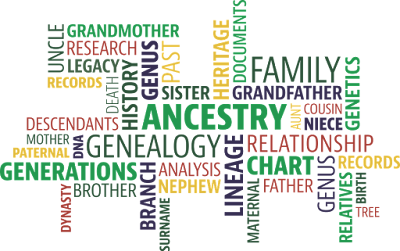In the autumn of 1918, the deadliest pandemic in human history occurred. The Spanish Flu rocked the world just as World War I ended. This flu infected almost a half a billion people and killed 50-100 million people, more than who died in the war. It hit the young healthy people the hardest. The infected would get horrible nosebleeds, and their skin would turn blue because of lack of oxygen from their fluid-filled lungs. Hospitals were overwhelmed, and coffins were in shortage. This fall we recognize the 100-year anniversary of this deadly flu.
The flu took most of its victims in the prime of their lives. They were not married with a posterity to remember them. I searched to see if any of my ancestors had died in the fall of 1918 and found three people. One was a young woman, age 21, from New Hampshire. She suffered from the flu for ten days before she died. What a tragedy.
Vera Jones Vaughan from Malad, Idaho survived the Spanish Flu, and we are lucky that she recorded her experience for her posterity. Vera was visiting relatives in Pocatello, Idaho when the flu struck that town. From their windows, they would watch the ambulances with sirens going to the flu victims and the hearses taking away the dead.
One day. Vera’s cousin asked her how she felt because she didn’t look well. Vera said she felt fine and went to hang out the laundry when suddenly, her legs gave out on her. She had to crawl to the back door dragging the laundry basket. At least a dozen people watched her crawl to her house from their windows. Vera was put in a tub and given a glass of castor oil mixed with lemon juice sprinkled with pepper. Her fingers went black and stiff, and eventually, her face went black. The man who delivered her groceries got the flu one day and died the next. Eight people in her neighborhood died. Vera was one of the lucky ones to survive, and she remembers being weak for a long time.
What do we know about our ancestors who either perished or survived the Spanish Flu? This autumn is a great time to remember them. We can tell their story and share with our children and grandchildren. These stories would be great to add to FamilySearch. Let us not forget those that are often overlooked.






